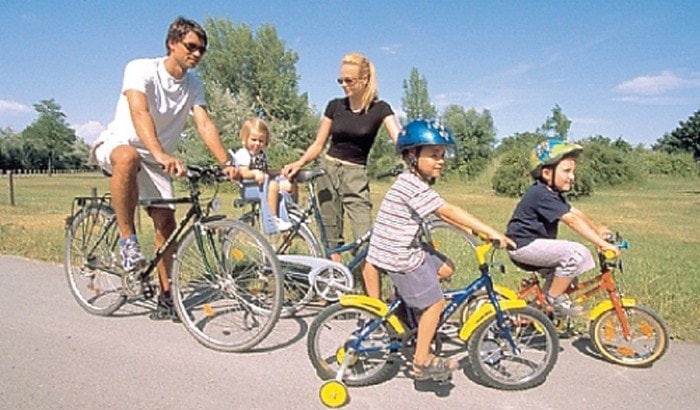Skid lids, brain buckets, call them what you will but it never ceases to amaze me how many people I see riding around town without a bike helmet.
This is one of the fundamental safety requirements of riding a bicycle and it has been the law in B.C. since 1992. Injuries to the head are serious; one just has to look at the research done in the past few years on hockey and football players suffering concussions. Although no one is saying helmets prevent injuries to the head, they reduce the risk of a skull or brain injury.
The worst example I see is a family outing on their bikes with the kids wearing helmets and the parents NOT wearing a helmet. Do these parents think that their head is no less important than their kid’s or that “Nothing will happen to me?” Who would suffer if one of the wage earners in the family had a serious head injury due to a bike accident and could not work? Would the kids know what to do if the parent fell off the bike and hit their head on a rock? You don’t have to be going fast, it’s how your head hits the ground. These parents should lead by example and wear a helmet, all heads are important.
Bike helmets come in a variety of shapes, sizes and colours but all helmets sold in B.C. must comply with the BC Motor Vehicle Act which states they must meet the following standards: Canadian Standards Association standard CAN/CSA D113.2-M89; Snell Memorial Foundation standard B-95; Snell Memorial Foundation standard B-90; Snell Memorial Foundation standard B-90S; Snell Memorial Foundation standard N-94; American Society for Testing and Materials standard ASTM F 1447-94; American National Standards Institute standard ANSI Z90.4.
Most helmets are made from expanded polystyrene (EPS) covered by a thin plastic shell usually with vents and a chin strap system to hold the helmet securely to the head. Prices for helmets vary from around the $40 mark up to over $250. What’s the difference you may ask? Generally the more expensive the helmet, the lighter it gets, the more air vents it has and the retention system improves accordingly.
No matter how expensive or cheap the helmet is, if it does not fit properly it’s not the helmet for you. Fitting a helmet is most important; it should fit snugly on top of the head, not too far back or forward and should not wobble on the head. It should fit level and low on your forehead, about two finger widths above your eyebrows.
Replace a helmet after a crash or if it is damaged. Check frequently for damage, small almost invisible hairline cracks can render a helmet useless. Research has shown that UV sunlight and environmental conditions can deteriorate the polystyrene over time and the general recommendation is that helmets should be replaced every three to five years regardless of condition.
Steve can be found at Outdoor Addictions.
